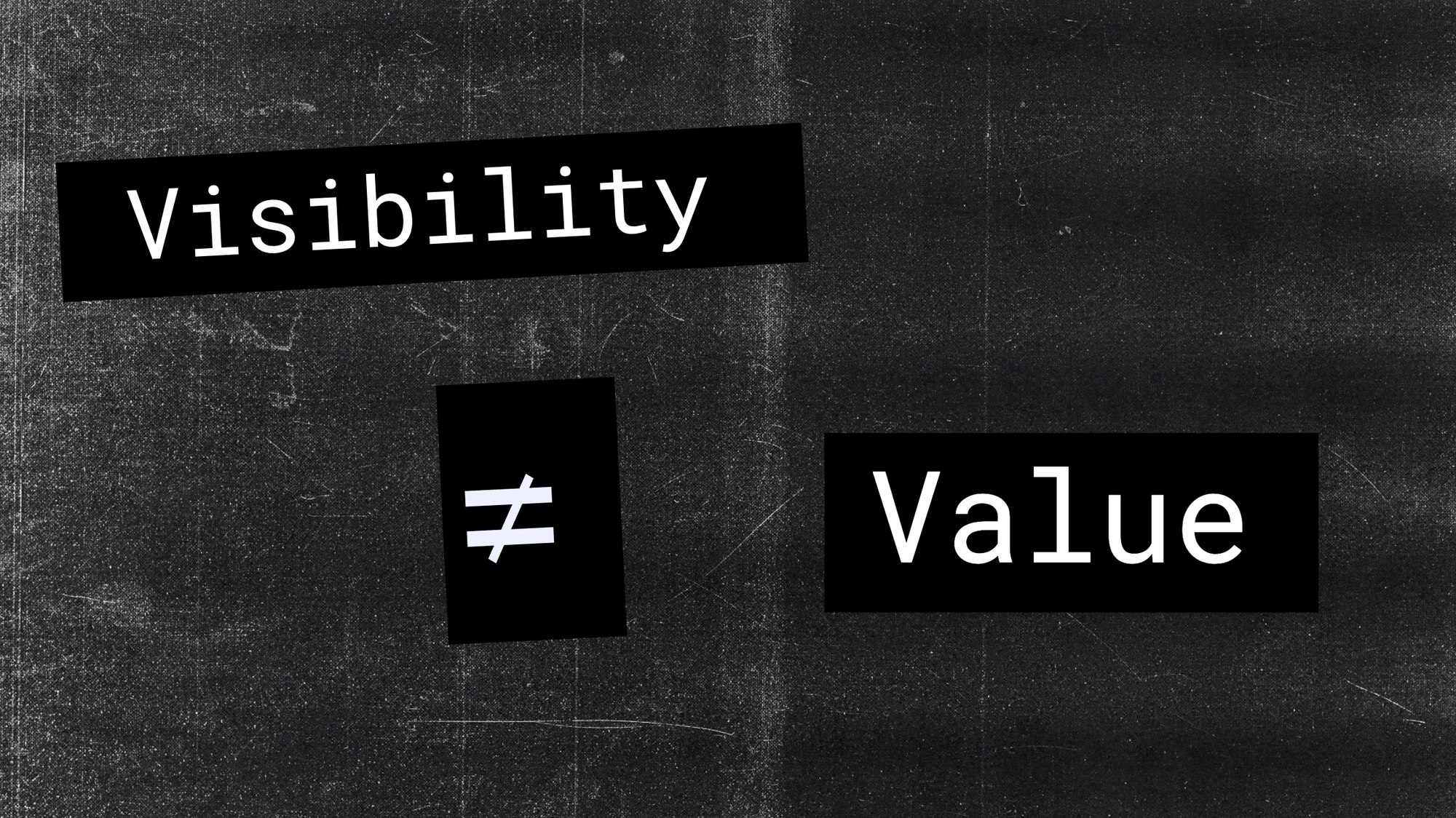
It’s wedding season, and Alyssa and I have been hopping from one gorgeous celebration to the next. Frankly, there’s no such thing as a wedding that isn’t gorgeous anymore. How could there be? We’ve gotten so, so, so good at weddings.
And as soon as one ends, the question becomes: who’s next? Usually, the heads turn to me and Alyssa. You are next! Your wedding will be amazing. We will dance so hard!!! (To which I always think: since when do we need a wedding to dance? We need to figure out how to party more.)
But what’s up with wedding culture? Why does everyone feel the need to have one? What is a wedding if not an obligatory party with a bit of pageantry?
There’s a similar kind of pageantry online, too.
In my freelance practice, I keep having the same conversation. Most of the people I work with are doing something new, and they feel like they have to look like they have it all together. Like a successful, polished, put-together brand. Not just to be a freelancer or creator or small business owner, but to look like a legitimate one. Not just to make things, but to make sure other people know we’re making things. To be visible. To be notable.
It’s silly. But I get it.
The Visibility Trap
In building a brand for myself and for Tincan, I feel this too — the pressure to post, launch, polish, repeat. Like everyone else, I conflate visibility with value. I assume that if I’m not putting myself out there constantly, then I’m falling behind. Missing out. Doing it wrong.
It’s something I’m actively working to unlearn, because here’s the hard truth: You can do everything right — build the perfect brand, tick all the boxes, show up everywhere — and still not build a big audience. You might still hear crickets. Because very few projects go big. Very few people are famous. The internet has made it easier than ever to start a brand, a podcast, a Substack, a personal platform. And just as easy to feel like you’re failing at all of them if you’re not reaching some kind of visible, external success.
The parameters of success are everywhere, and that’s the problem. We celebrate wins. We lap them up. We want to know everything about them. But we almost never look at the long, messy, mostly invisible stretch that comes before the win. We find that part cringe. Unworthy. Embarrassing.
But for most of us? That part is most of it.
Redefining "Making It"
There are so many people who are, relatively speaking, nobodies. “Making it” is rare. The American Influencer Council considers anyone with 1k–10k followers part of the “creator middle class,” which stretches all the way up to 500k. That’s a wide range! And a good reminder that “fame” is relative. Success is relative, too. For some people, the goal is 100 people. For others, 1,000. Either way, it doesn’t need to be millions.
So what’s the goal here, if you’re a real person and not an already-famous one? How many people do you actually want to accrue to watch you enact your idea?
Really, you need to ask yourself an underlying, very personal question: How much visibility do you actually want?
...Which is impossible to answer (lol). Or at least, it’s not something you answer just once. It’s a question you'll want to revisit, again and again, at every stage of growth. Your answer will change.
And beyond that, maybe there’s one core question that really matters: Why are you doing this? Are you launching something because it feels right? Because it looks right? Or because it is right, for you?
Which brings us back to weddings. If you’re having a wedding because it’s genuinely going to be the best day of your life, then damn it, have a wedding. But if it’s just pageantry — if you’re doing it to be seen doing it — consider letting it go. Do something else. Make it weird. Make it yours. Leave the rest behind.





Comments